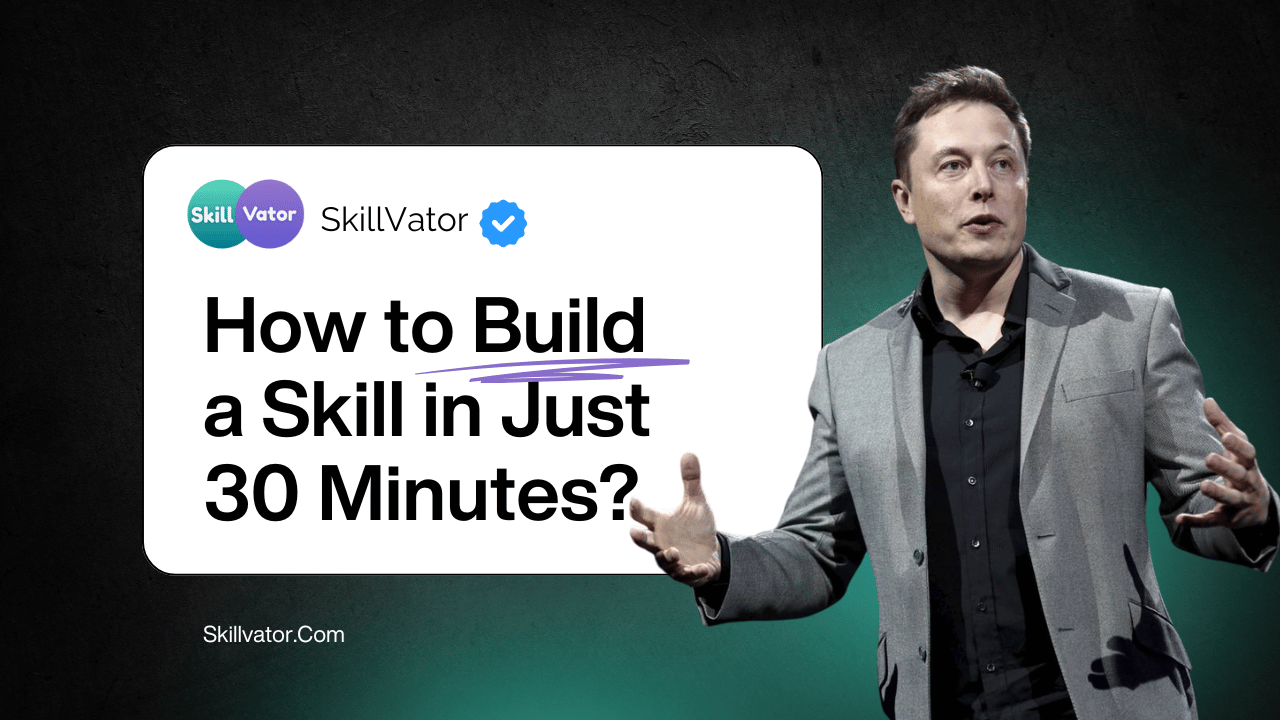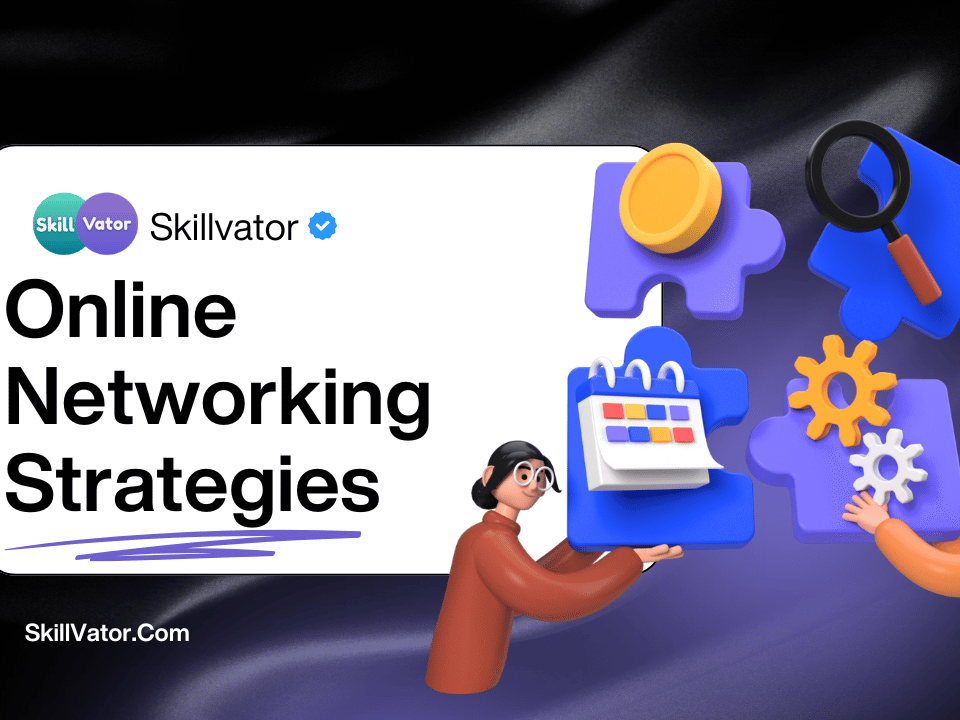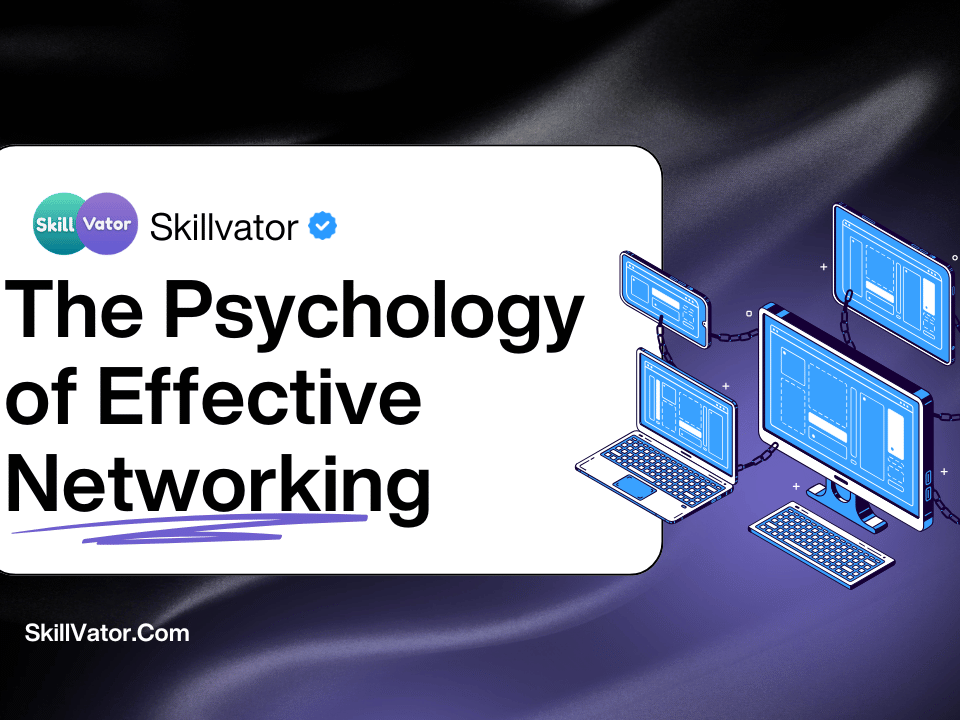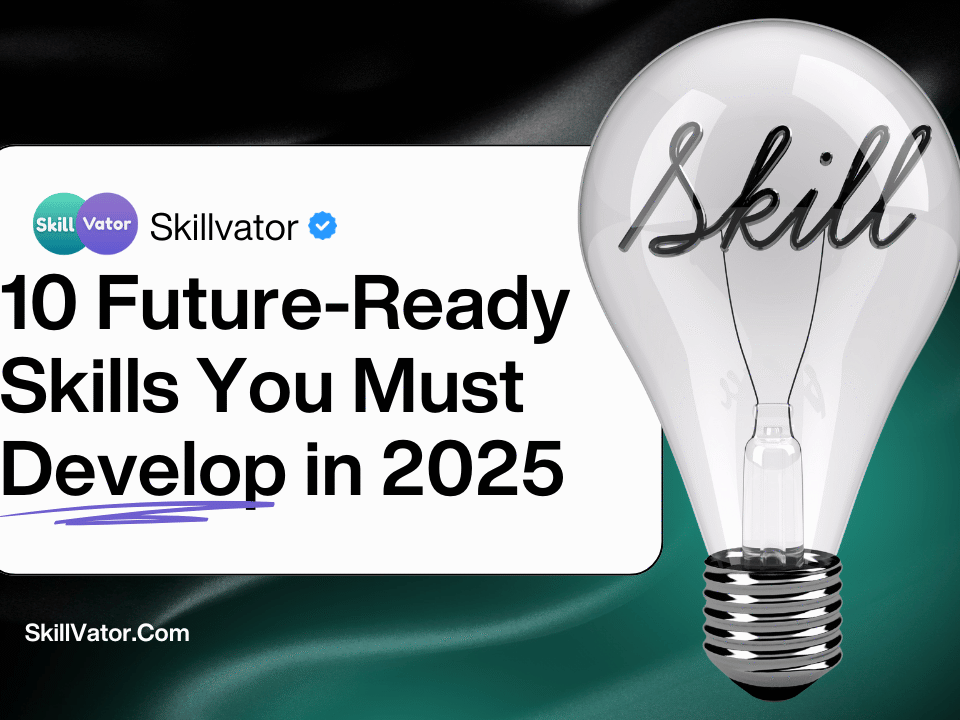Ever wonder how some people seem to master new skills effortlessly while juggling busy lives? Here’s the truth: you don’t need hours of free time—if you want to Build a skill in just 30 minutes and a smart system. Stay with Skillvator
At Skillvator.com, we believe skill-building should be accessible, doable, and life-changing, even for those with the busiest schedules. In this guide, we’ll break down how you can build any skill—from coding to cooking to communication—using just half an hour daily.
✅ Why 30 Minutes a Day Works
You might be thinking, “Is 30 minutes enough?” Absolutely! Here’s why:
- Consistency beats intensity. Practicing a little every day creates momentum.
- The brain learns better in small chunks. Short, focused sessions help retain information.
- It’s sustainable. You’re less likely to burn out.
🔍 According to research from the Journal of Applied Psychology, distributed learning (short sessions over time) is up to 60% more effective than massed learning (cramming).
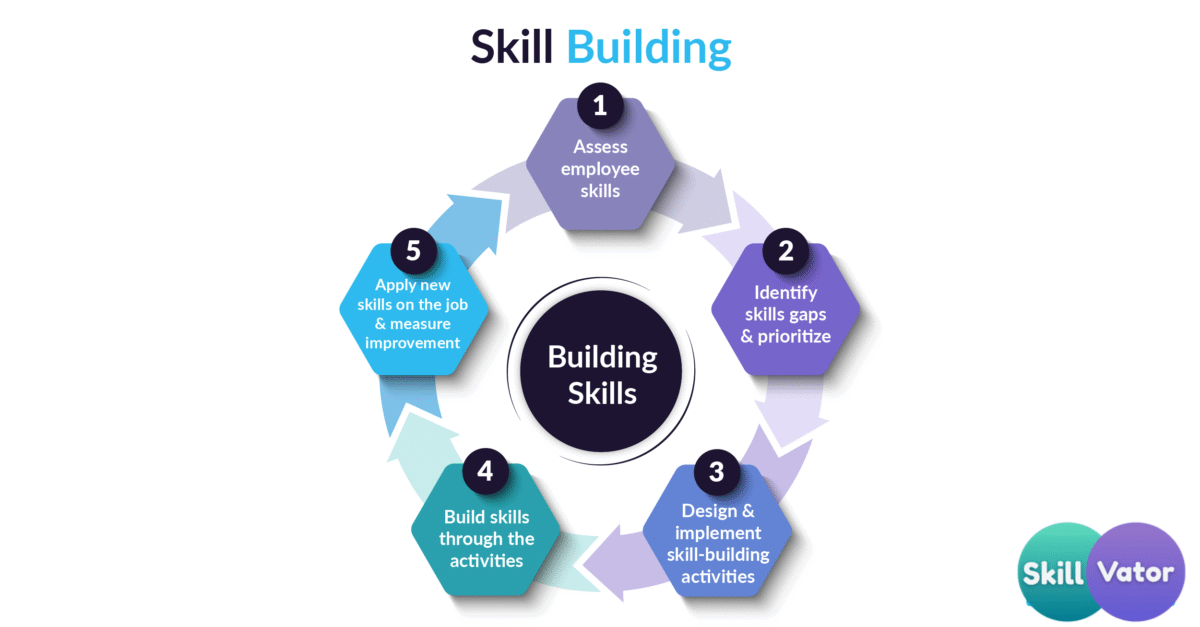
🎯 Step-by-Step Plan to Build a Skill in 30 Minutes a Day
1.Choose One Skill at a Time
Focus is power. Trying to learn 3 skills at once leads to scattered progress.
- ✅ Do this: Pick one skill you’re excited about—like graphic design, copywriting, public speaking, or Excel mastery.
- 🚫 Avoid this: Jumping between unrelated skills each day.
Skillvator Tip: Create a “Skill Bucket List” and pick your top priority. The rest can wait.
2.Break the Skill Down into Micro-Goals
Big goals feel overwhelming. Break them down:
Example: Learning Graphic Design
- Week 1: Learn Canva or Photoshop basics
- Week 2: Create simple social media graphics
- Week 3: Learn color theory and typography
- Week 4: Design a sample portfolio piece
This structure gives you a clear path and keeps you motivated.
3.Create a Simple 30-Minute Routine
Here’s a sample daily structure:
| Time | Activity |
| 5 mins | Quick review of yesterday’s material |
| 20 mins | Practice or active learning |
| 5 mins | Reflect and take notes |
Important: Set a timer. Stay focused. Eliminate distractions. 30 minutes of deep focus is better than 2 hours of multitasking.
A successful routine isn’t just about putting in time—it’s about making every minute count. The key is to structure your 30-minute learning block for maximum focus, engagement, and progress.
Let’s break it down:
🧠 Minute 0–5: Review & Warm-Up
This helps activate your brain and connect today’s learning with what you’ve already done.
- Skim your notes from the previous session
- Summarize aloud what you remember (helps memory retention)
- Revisit any mistakes or questions from yesterday
✍️ Example: “Yesterday I learned 5 French greetings. Let me recall them without looking.”
Why it matters: This “priming” warms up your brain and makes learning faster and stickier.
🎯 Minute 5–25: Deep Work (Learn or Practice)
This is the core of your session. Use these 20 minutes for focused, distraction-free learning or practice.
Choose between:
- Active learning: watching a tutorial, reading, or taking a mini-lesson
- Hands-on practice: doing exercises, building a project, using flashcards
💡 The golden rule: If you’re learning something passive (like watching a video), pair it with an active task (like taking notes or trying it yourself).
Examples:
- Coding → write a small function
- Drawing → sketch a new concept
- Marketing → write a practice ad or build a landing page
Use a Pomodoro timer or simply set a 20-minute countdown on your phone. No notifications, no distractions.
✍️ Minute 25–30: Reflect & Plan Ahead
This is where the real magic happens. In just 5 minutes, lock in what you learned:
- Write down what worked, what didn’t, and what you want to improve
- Jot down 1–2 things to do in the next session
- Reflect: “How do I feel about today’s session?”
“Learning without reflection is like eating without digesting.” – Confucius
Why this works: It reinforces memory, helps you notice patterns, and builds a strong learning mindset.
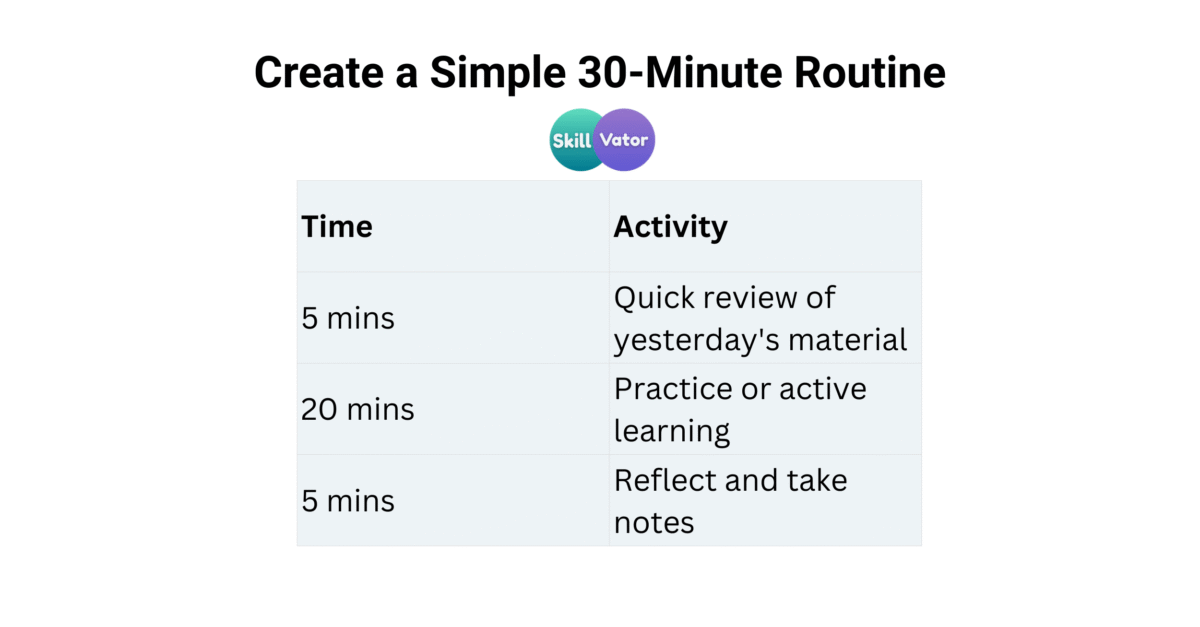
Tips for Success
- Same time, same place: Build a routine that fits into your lifestyle.
- Track streaks: Use a calendar or app (like Streaks, Notion, or Habit Tracker).
- Avoid overlearning: Stick to 30 minutes. Stop before you burn out.
4.Use the Right Resources (Not Random YouTube Scrolling)
- 📚 Courses: Platforms like Coursera, Udemy, or Skillvator’s Resource Library offer structured content.
- 🎧 Podcasts or audiobooks (for passive learning)
- 🛠️ Practice platforms: E.g., Codecademy (for coding), Canva (for design), Anki (for memorization)
Avoid the trap of watching endless tutorials. Choose one course or resource and stick with it.
5.Track Progress with a Skill Journal
One of the most effective ways to accelerate your skill development is by keeping a Skill Journal. It’s more than a notebook—it’s a structured record of your learning journey, progress, and key takeaways. At Skillvator, I often recommend this method to learners who want measurable, consistent growth without losing motivation.
A Skill Journal helps you:
-
Stay accountable – Writing down your daily or weekly actions ensures you don’t skip practice.
-
Spot patterns – You’ll see which techniques or study times work best for you.
-
Measure progress – Over time, you’ll have concrete evidence of improvement, which keeps you motivated.
-
Refine your strategy – If you’re not seeing results, your journal shows what needs to change.
How to Set Up Your Skill Journal
-
Choose your format – Digital apps (Notion, Google Docs) work well, but a physical notebook can make the process more personal.
-
Define your skill goal – Be specific: “Learn conversational Spanish for business” is better than “Improve Spanish.”
-
Log each session – Include date, duration, focus area, what you practiced, and challenges faced.
-
Record wins and lessons – Note any breakthroughs or mistakes you can learn from.
-
Review weekly – Look for improvement trends and areas needing more attention.
Sample Skill Journal Entry
| Date | Time Spent | Focus Area | Wins | Next Step |
|---|---|---|---|---|
| Aug 10, 25 | 30 mins | Resume writing tips | Improved bullet clarity | Practice with 3 new job roles |
Pro Tip from Raha Heydari at Skillvator:
A Skill Journal turns learning into a science. You’re not just practicing—you’re tracking, refining, and repeating what works. Over months, you’ll see your skill stack grow faster than you ever thought possible.
A simple notebook or digital document works. Track:
- What you learned
- What you practiced
- What you found hard
- What you’ll do tomorrow
This builds awareness and momentum. It also helps you see progress, which fuels motivation.
6.Use the Power of Habit Triggers
Link your 30-minute skill session to an existing routine:
- After morning coffee ☕
- During lunch break 🍱
- Before bedtime 🌙
This habit cue helps you stay consistent without needing motivation every day.
“You do not rise to the level of your goals. You fall to the level of your systems.” – James Clear
📅 30-Day Skill-Building Challenge (Printable Plan)
| Day | Focus | Task |
| 1-3 | Foundation | Learn key concepts of the skill |
| 4-6 | Tool Mastery | Explore tools or frameworks used |
| 7-10 | Small Wins | Complete a micro-project |
| 11-15 | Deep Dive | Focus on a sub-skill |
| 16-20 | Consistency | Repeat and refine what you’ve learned |
| 21-25 | Application | Create something meaningful |
| 26-28 | Feedback | Ask others for input, improve |
| 29-30 | Reflection | Document your learning journey |
Download this challenge as a printable PDF on Skillvator.com/tools.
💡 Real Examples: What Can You Learn in 30 Minutes a Day?
| Skill | Progress You Can Make in 30 Days |
| Coding (HTML/CSS) | Build a basic personal website |
| Language Learning (Spanish) | Learn 200+ basic words & phrases |
| Drawing | Master simple shapes, shading & character sketches |
| Writing | Write a blog post or short story |
| Marketing | Learn how to run Facebook/IG ads effectively |
| Typing | Increase speed by 20+ WPM |
Bonus Tips for Staying Motivated
- Gamify it. Use a habit tracker or app (like Habitica or Notion templates).
- Reward yourself. 30 minutes = 1 point = 1 weekly reward.
- Join a community. Surround yourself with learners on Discord, Reddit, or Skillvator forums.
🌟 Final Thoughts: Mastery Is Closer Than You Think
“People overestimate what they can do in a day and underestimate what they can do in a month.”
You don’t need 3 hours, a full weekend, or a life overhaul. Just 30 focused minutes a day can radically change your skills—and your future.
At Skillvator.com, we’re here to make skill-building a lifestyle, not a chore. Start today, stay consistent, and a month from now, you’ll be surprised at how far you’ve come.
💬 What Skill Will You Learn First?
Drop a comment or message us on Skillvator.com. Let’s grow together—one skill, one day at a time.


